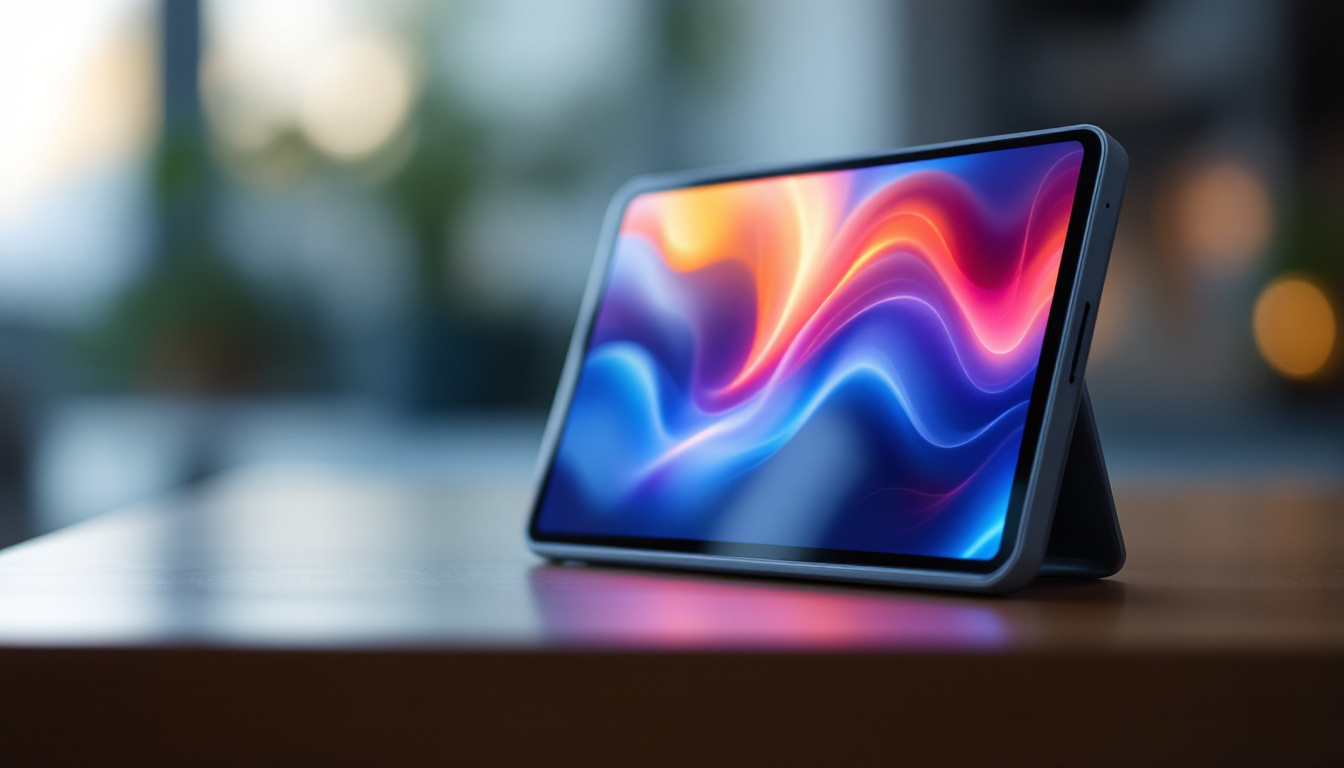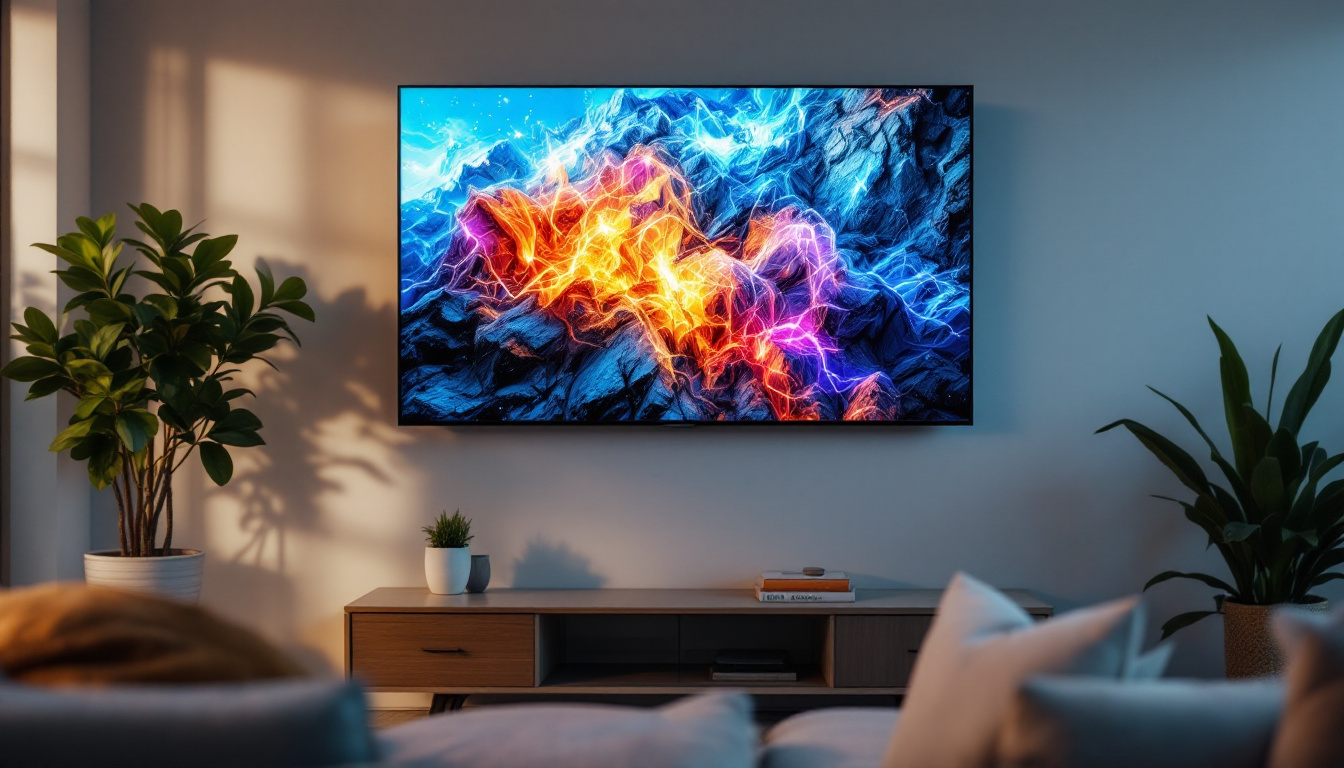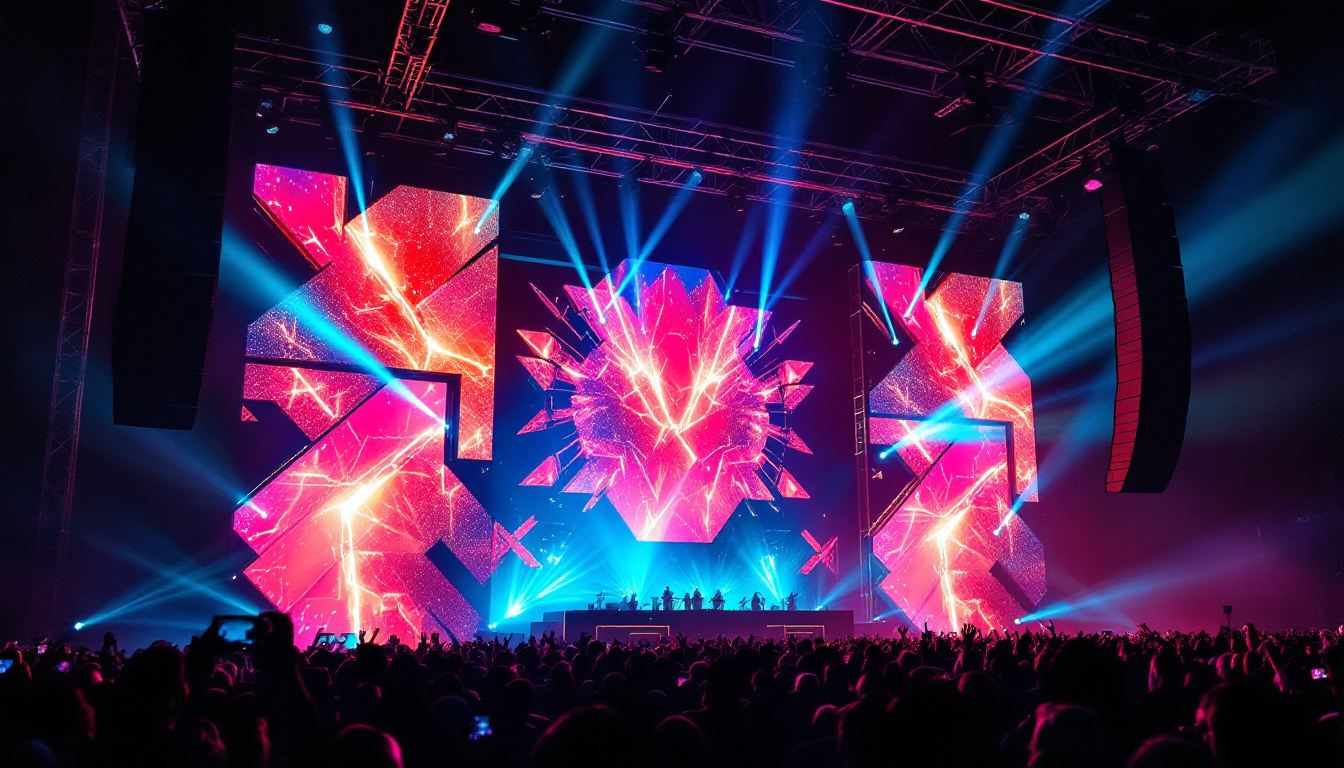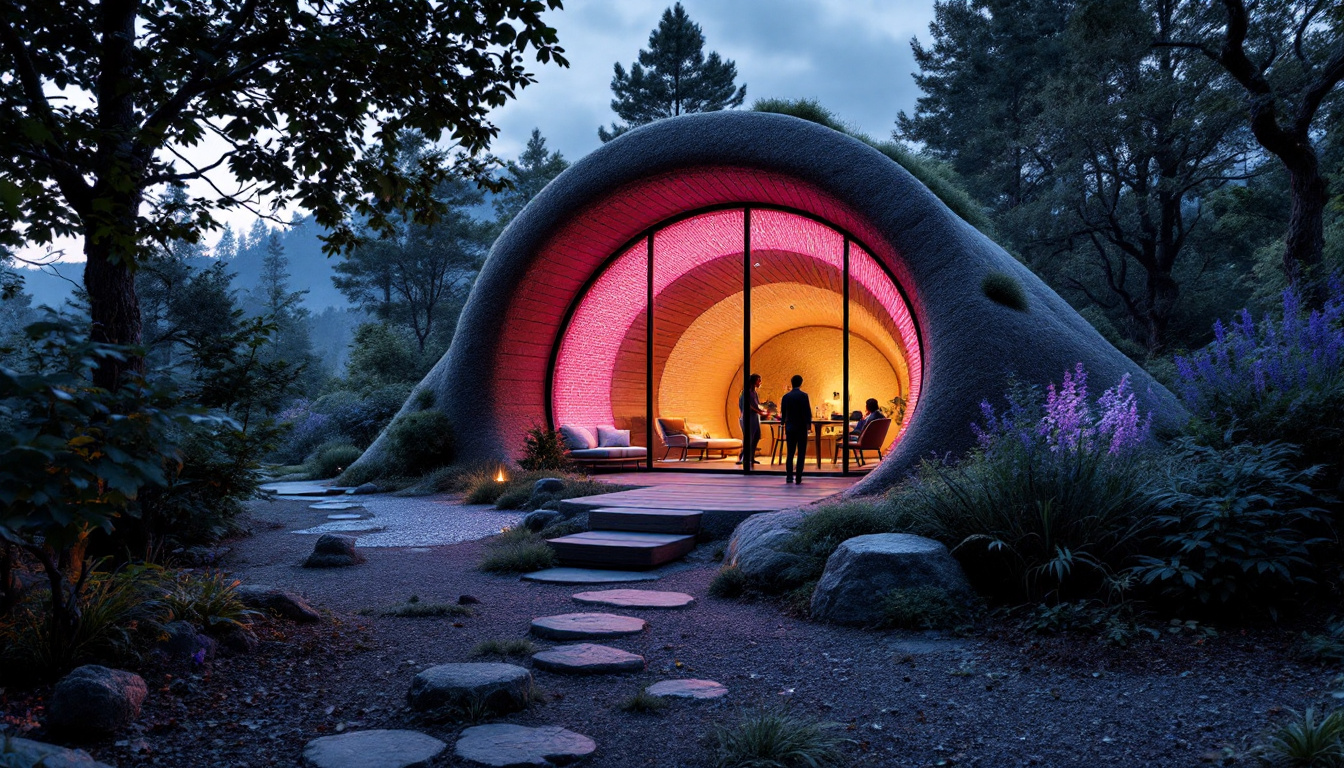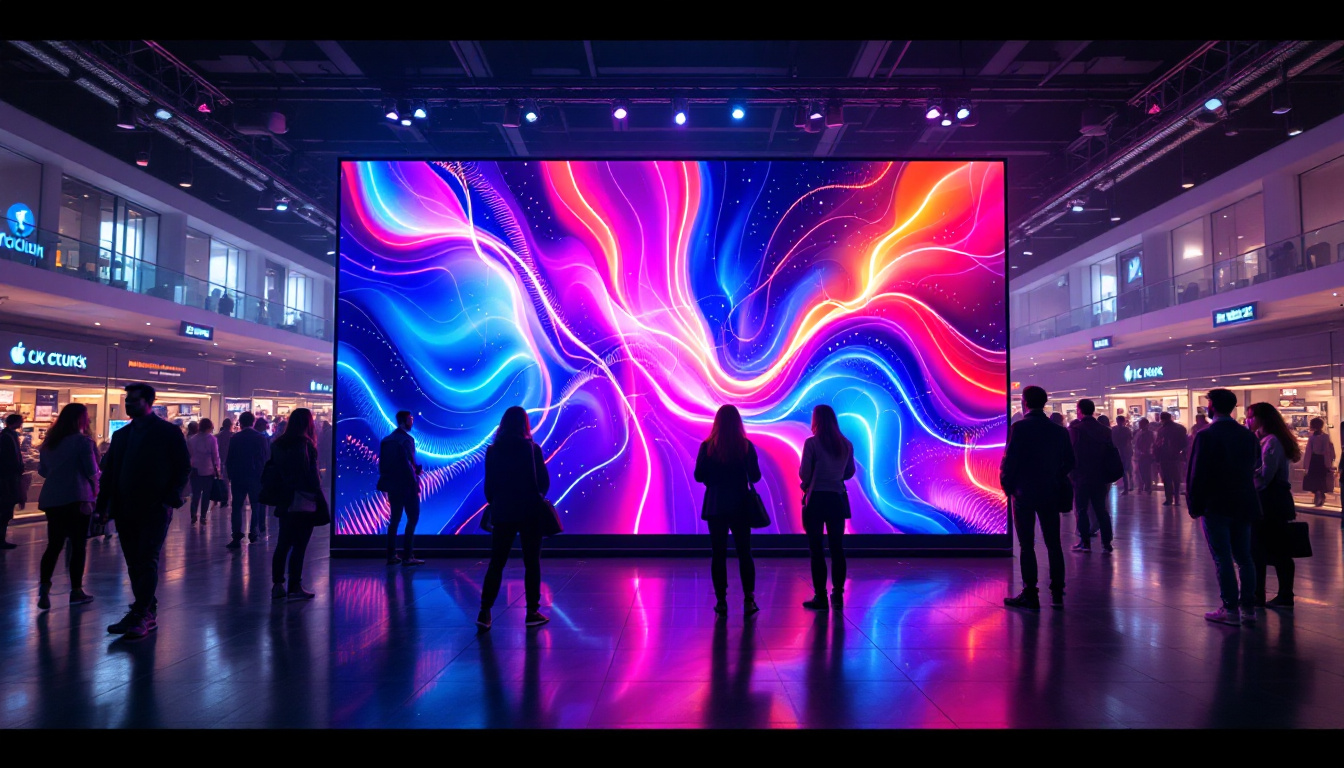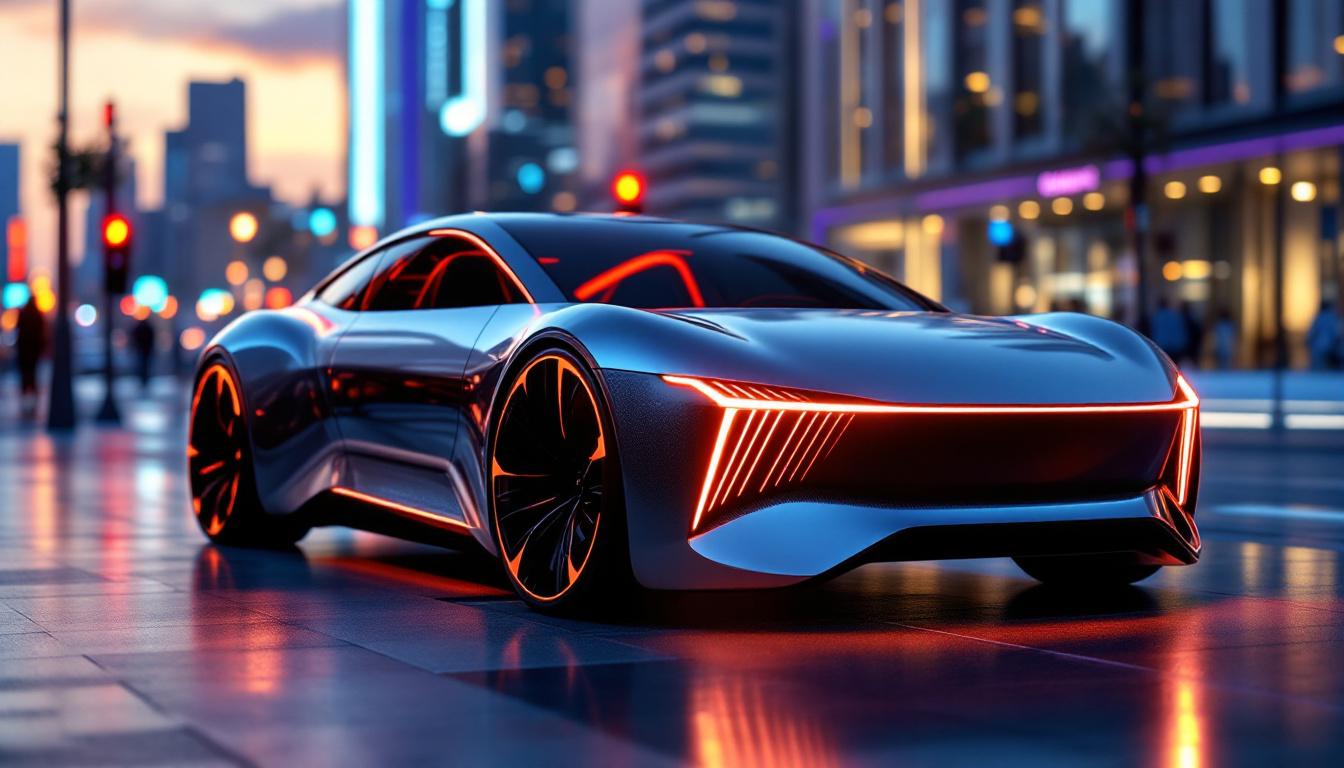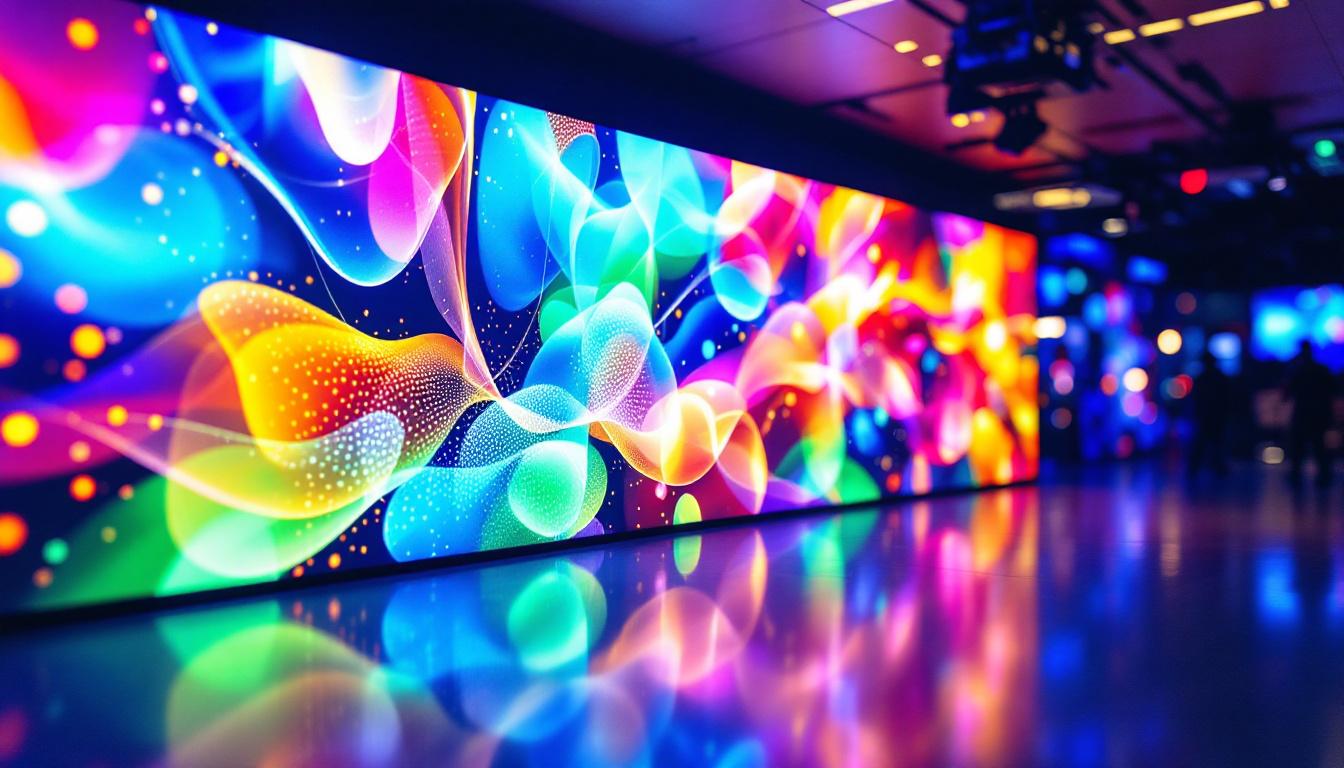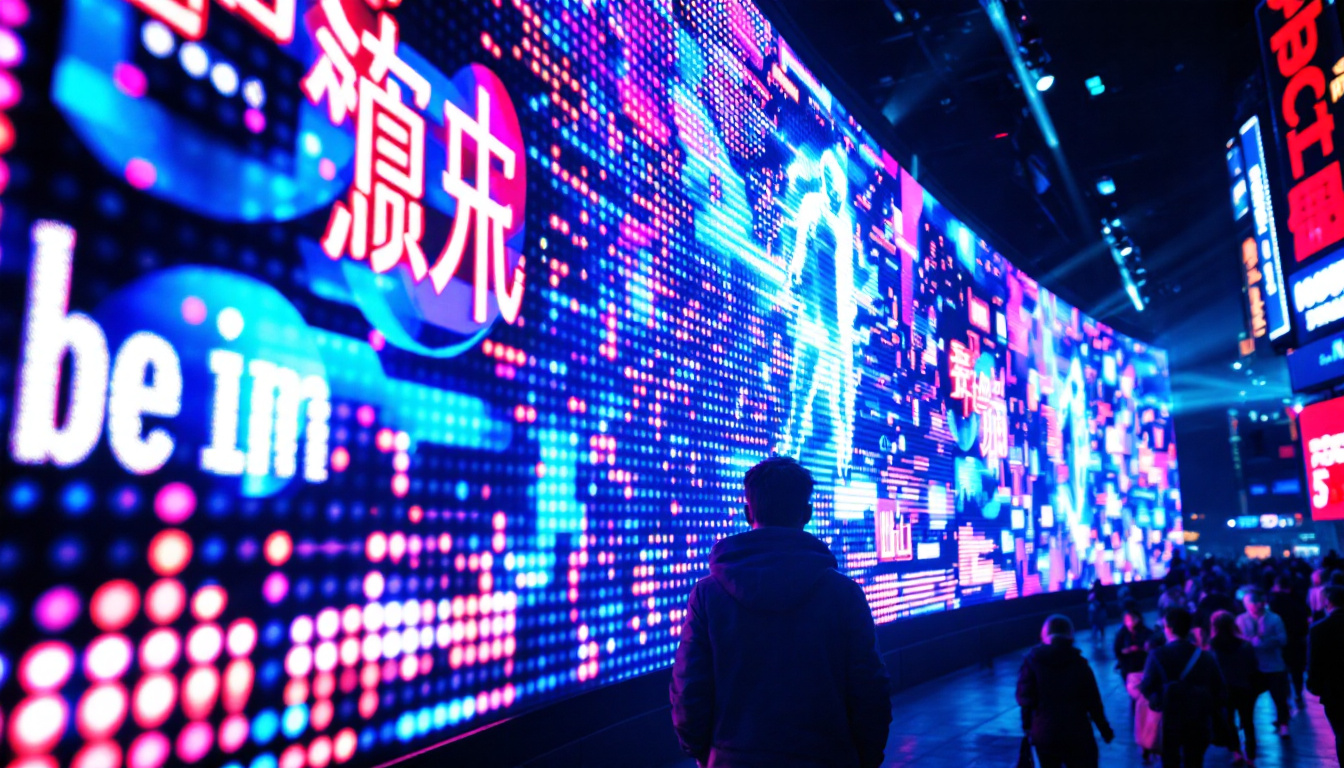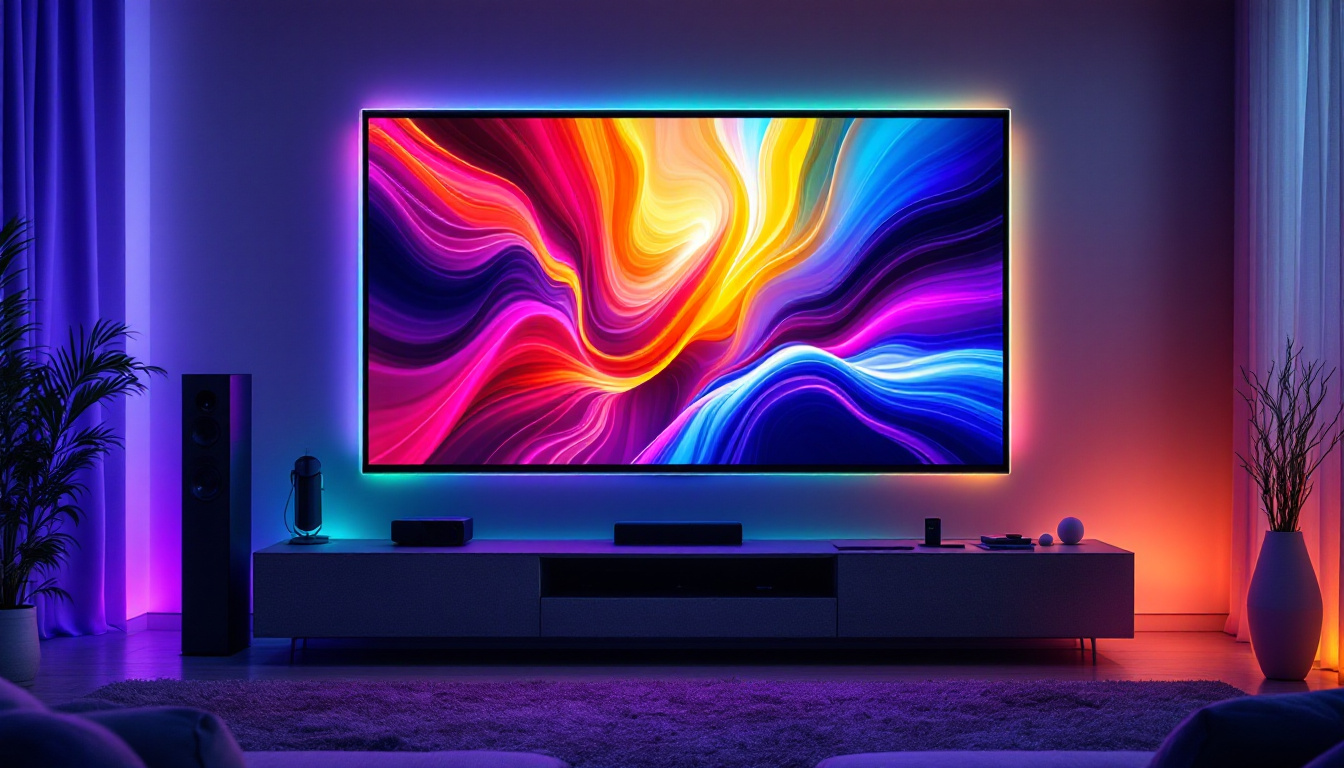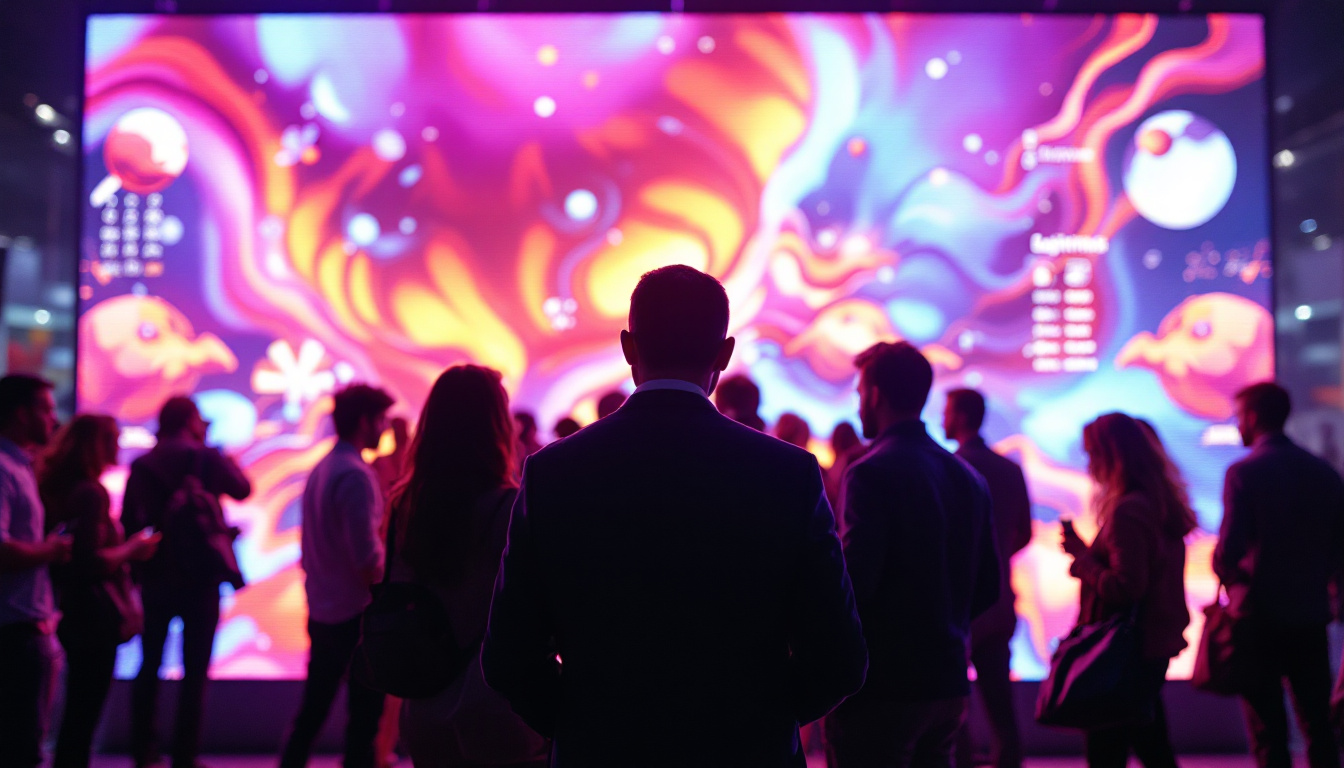Video walls have become an essential feature in many environments, from corporate boardrooms and retail spaces to control centers and entertainment venues. As digital signage and large-scale displays continue to evolve, choosing the best TV for a video wall in 2024 requires a clear understanding of LED display technology, panel characteristics, and integration capabilities. This comprehensive guide dives into the latest advancements in LED displays, what to look for in a TV designed for video walls, and how to make an informed purchase that meets both aesthetic and functional demands.
Understanding Video Walls and LED Display Technology
What Is a Video Wall?
A video wall is a large-scale display system composed of multiple screens tiled together to create one expansive visual surface. These walls are often used to present high-resolution images, videos, or real-time data across a wide area, offering viewers an immersive experience. Video walls can range from a simple 2×2 array to complex multi-row and multi-column configurations exceeding dozens of screens.
The key advantage of video walls lies in their scalability and flexibility. Unlike a single large display, video walls allow for modular expansion and customization, making them ideal for environments where content needs to be dynamic and impactful.
LED Display Technology Explained
LED (Light Emitting Diode) displays have revolutionized video walls by offering superior brightness, contrast, and color accuracy compared to traditional LCD panels. An LED display consists of thousands of tiny LEDs that emit light directly, eliminating the need for backlighting as seen in LCDs. This direct emission results in deeper blacks and more vibrant colors, which are critical for high-quality video walls.
There are two main types of LED displays used in video walls: direct view LED and LED-backlit LCD. Direct view LED panels are made up entirely of LEDs that form the image, while LED-backlit LCDs use LEDs only as a light source behind an LCD panel. For video walls, direct view LED is often preferred due to its superior uniformity and viewing angles.
Key Features to Consider When Choosing the Best TV for Video Walls
Resolution and Pixel Pitch
Resolution is paramount when assembling a video wall. The overall clarity and detail of the displayed content depend on the resolution of each individual panel and how seamlessly they integrate. Pixel pitch, measured in millimeters, refers to the distance between the centers of two adjacent pixels. A smaller pixel pitch means higher pixel density, resulting in sharper images, especially at closer viewing distances.
For indoor video walls, pixel pitches typically range from 0.9mm to 2.5mm, with ultra-fine pitches under 1.5mm becoming more common in 2024. These fine pitches allow for crisp visuals even when viewers are close to the screen. Outdoor video walls, on the other hand, often have larger pixel pitches (3mm to 10mm) due to greater viewing distances and environmental factors.
Brightness and Contrast Ratio
Brightness is a critical factor, especially for video walls installed in well-lit environments or outdoors. LED displays generally offer brightness levels between 800 to 2,000 nits for indoor applications, with some high-end models exceeding 3,000 nits. Higher brightness ensures visibility even under direct sunlight or strong ambient lighting.
Contrast ratio, the difference between the darkest black and brightest white a display can produce, impacts image depth and realism. Direct view LED displays typically have excellent contrast ratios, often exceeding 100,000:1, which enhances the viewing experience by rendering vivid colors and deep blacks.
Viewing Angle and Color Accuracy
Video walls are often viewed from multiple angles, so a wide viewing angle is essential to maintain consistent image quality across the entire display. Modern LED panels offer viewing angles up to 160° horizontally and vertically, ensuring minimal color shift or brightness loss.
Color accuracy is equally important, especially in professional environments like broadcast studios or design agencies. Look for TVs or panels that support wide color gamuts such as DCI-P3 or Adobe RGB and offer factory calibration to guarantee precise color reproduction.
Bezel Size and Seamlessness
One of the most noticeable aspects of a video wall is the bezel—the frame around each screen. Smaller bezels create a more seamless and immersive viewing experience. In 2024, many manufacturers offer ultra-narrow bezel TVs with widths as low as 0.9mm, minimizing visual interruptions between screens.
For the best video wall setups, choose TVs specifically designed with video walls in mind, as they often feature thinner bezels and mounting options that facilitate tight alignment.
Durability and Maintenance
Video walls are often installed in commercial or public spaces where durability is crucial. Look for TVs with robust build quality, dust and moisture resistance, and long operational lifespans. Many LED video wall panels offer IP-rated protection, which is especially important for outdoor or semi-outdoor installations.
Maintenance is another consideration. Modular LED panels allow for easier servicing and replacement of individual sections without dismantling the entire wall, reducing downtime and maintenance costs.
Top TVs and LED Panels for Video Walls in 2024
Samsung The Wall Series
Samsung’s “The Wall” series continues to set the standard for direct view LED video walls. With modular MicroLED technology, these panels offer ultra-fine pixel pitches starting at 0.84mm, delivering stunning 8K resolution capability in large configurations. The Wall boasts exceptional brightness (up to 2,000 nits), near-infinite contrast ratios, and superb color accuracy, making it a favorite for luxury retail, corporate lobbies, and high-end entertainment venues.
Its bezel-less design and seamless modular assembly allow for virtually any size and aspect ratio, providing unmatched flexibility. Samsung also integrates advanced calibration tools and smart features to optimize performance and simplify management.
Sony Crystal LED Display
Sony’s Crystal LED technology is another premium choice for video walls, known for its exceptional image quality and reliability. Featuring a pixel pitch as low as 0.7mm, these displays deliver ultra-high resolution with true blacks and vibrant colors, thanks to the self-emissive nature of LEDs.
The Crystal LED panels are designed for critical viewing environments like broadcast studios, museums, and corporate showrooms. Their modular design supports easy scaling, and Sony’s proprietary processing technology ensures smooth motion and accurate color reproduction.
LG LED Signage Series
LG offers a broad range of LED signage products tailored for video walls, including fine pitch direct view LED panels with pixel pitches starting at 1.2mm. LG’s displays are known for their reliability, high brightness (up to 1,500 nits), and wide viewing angles, making them suitable for retail and transportation hubs.
LG also focuses on ease of installation and maintenance, with lightweight panels and front-serviceable modules. Their webOS platform supports versatile content management, which is a plus for dynamic digital signage applications.
NEC LED MultiSync Series
NEC’s MultiSync LED series combines high-quality panels with advanced calibration and control systems. Offering pixel pitches from 1.2mm to 2.5mm, these displays provide excellent image quality and brightness levels up to 1,200 nits. NEC emphasizes uniformity and color consistency, which is critical for professional video walls.
The MultiSync series is widely used in control rooms, corporate environments, and educational institutions due to its robust build and flexible configuration options.
Installation and Integration Considerations
Mounting and Alignment
Proper mounting and alignment are crucial to achieving a flawless video wall. TVs or LED panels must be installed on sturdy frameworks that allow fine adjustments to ensure perfect alignment and minimize gaps. Many manufacturers provide specialized mounting kits designed for their video wall products, which facilitate easier installation and maintenance.
Content Management Systems (CMS)
A powerful CMS is essential for managing video wall content effectively. Look for systems that support multi-source inputs, real-time content updates, and scheduling capabilities. Integration with popular platforms and remote management features can significantly enhance operational efficiency.
Connectivity and Control
Modern video walls require robust connectivity options, including HDMI, DisplayPort, and network interfaces. Some TVs and LED panels also support daisy-chaining, reducing cable clutter and simplifying installation. Centralized control systems allow operators to manage the entire video wall from a single interface, improving responsiveness and ease of use.
Future Trends in Video Wall Technology
MicroLED and MiniLED Innovations
MicroLED technology is rapidly advancing, promising even finer pixel pitches, higher brightness, and improved energy efficiency. Unlike OLED, MicroLEDs do not suffer from burn-in issues, making them ideal for long-term video wall applications. MiniLED backlighting is also enhancing LCD video walls by improving contrast and brightness at a more affordable price point.
AI-Enhanced Calibration and Content Optimization
Artificial intelligence is increasingly being integrated into video wall management, automating color calibration, brightness adjustment, and content optimization based on ambient lighting and viewer behavior. These advancements will make video walls more adaptive and visually consistent in diverse environments.
Flexible and Transparent Displays
Emerging flexible and transparent LED displays are opening new possibilities for video walls, allowing installations on curved surfaces or glass facades without obstructing views. These innovations will expand the creative potential for architects and designers in 2024 and beyond.
Conclusion: Choosing the Best TV for Your Video Wall in 2024
Selecting the best TV or LED display for a video wall in 2024 involves balancing resolution, brightness, color accuracy, bezel size, and durability. Direct view LED technology leads the market with unparalleled image quality and flexibility, supported by leading manufacturers like Samsung, Sony, LG, and NEC. Understanding the specific requirements of your installation environment and content needs is essential to making the right choice.
As video wall technology continues to evolve with innovations like MicroLED and AI-driven management, investing in a modular, high-quality LED display today will ensure your video wall remains a captivating and reliable centerpiece for years to come.
Discover LumenMatrix’s Advanced LED Display Solutions
Ready to elevate your space with a cutting-edge video wall that embodies the future of visual technology? Look no further than LumenMatrix, a pioneer in LED display innovation. Our diverse range of solutions, from Indoor and Outdoor LED Wall Displays to specialized options like Vehicle, Sports, and Floor LED Displays, are designed to captivate and engage your audience. With LumenMatrix, you can create immersive environments and convey your message with unparalleled clarity and impact. Check out LumenMatrix LED Display Solutions today and transform your visual communication into an unforgettable experience.


